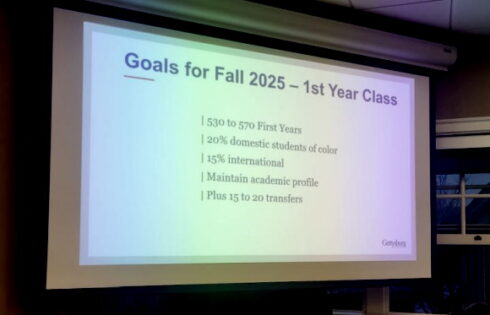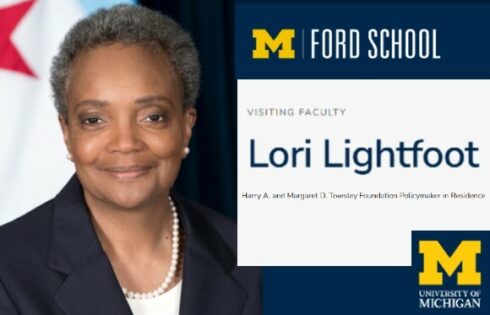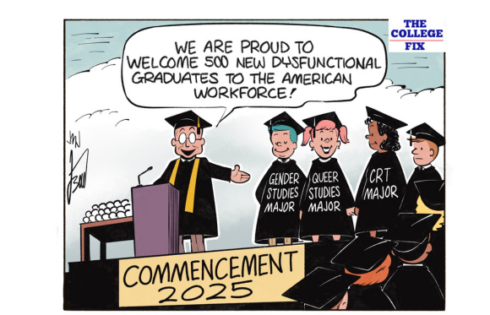
OSU’s president earned about $6 million between the years 2010 and 2012, and during that time its student debt “grew 23 percent faster than the national average.” In addition, when the institution brought on board an astonishing 670 administrators, it hired a mere forty-five full-time faculty members. The Nation reports:
The Institute for Policy Studies report, “The One Percent at State U: How University Presidents Profit from Rising Student Debt and Low-Wage Faculty Labor,” examined the relationship between executive pay, student debt and low-wage faculty labor at the twenty-five top-paying public universities. Co-authors Andrew Erwin and Marjorie Wood reported that money spent on administration at the highest-paying universities outpaced spending on scholarships by more than two to one.
“The high executive pay obviously isn’t the direct cause of higher student debt, or cuts in labor spending,” Ms. Wood told The New York Times. “But if you think about it in terms of the allocation of resources, it does seem to be the tip of a very large iceberg, with universities that have top-heavy executive spending also having more adjuncts, more tuition increases and more administrative spending.”
Why is this happening? “The motor force behind these trends is the hiring of ‘professional administrators’ whose primary commitment is to their own careers and advancement,” says William R. Schonfeld, former dean of social sciences and emeritus professor of political science at the University of California, Irvine (where I teach history). “They take jobs as stepping stones to other positions higher on the ladder.”
Rounding out the top five “most unequal” universities are Penn State, Michigan, Minnesota, and Delaware.
Like The College Fix on Facebook / Follow us on Twitter





Please join the conversation about our stories on Facebook, Twitter, Instagram, Reddit, MeWe, Rumble, Gab, Minds and Gettr.